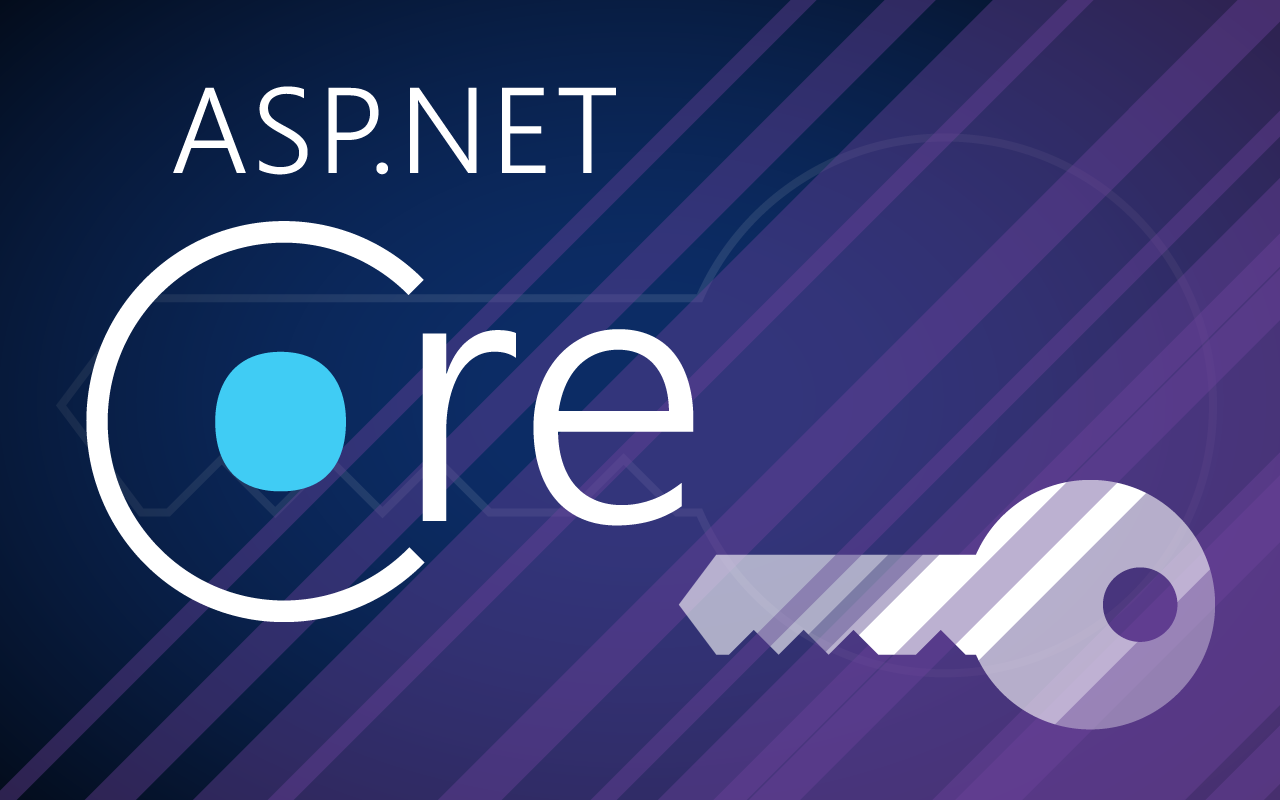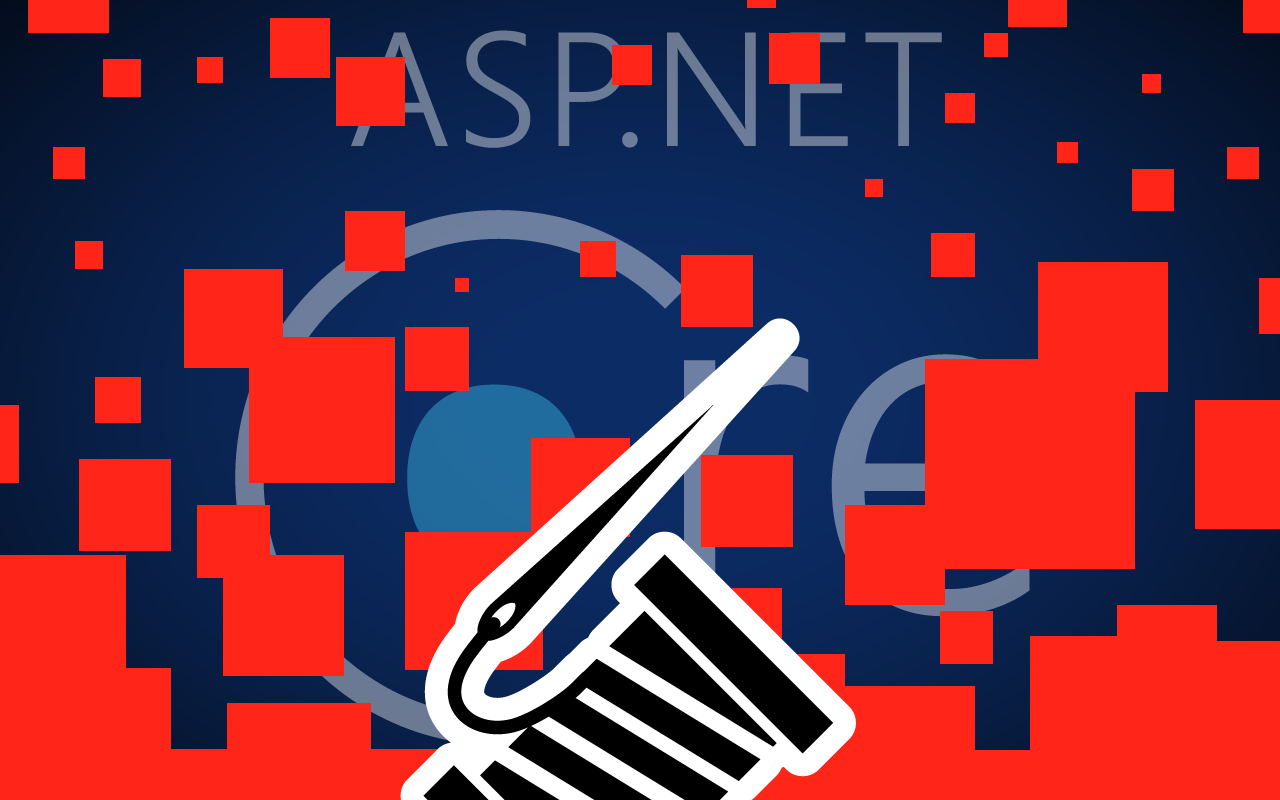6 ChatGPT Coding Prompts to Level Up Your Skills
A short list of ChatGPT prompts and responses for coding
If you write code and haven’t been using ChatGPT then you’re really missing out. It can do so much that it’s like having a junior developer right there next to you. Drop your JIRA ticket right into ChatGPT and code comes out! And don’t forget — if you were going to Google it, ChatGPT it first!






